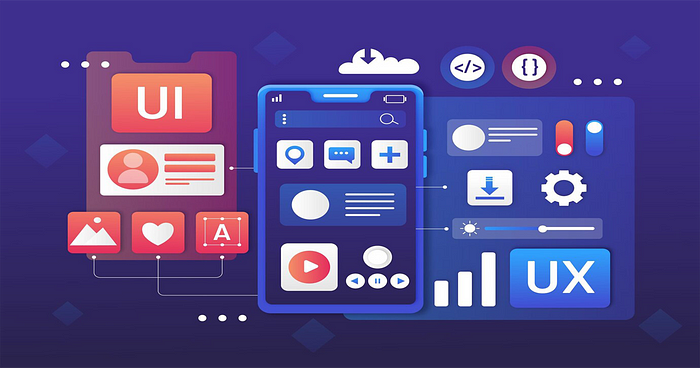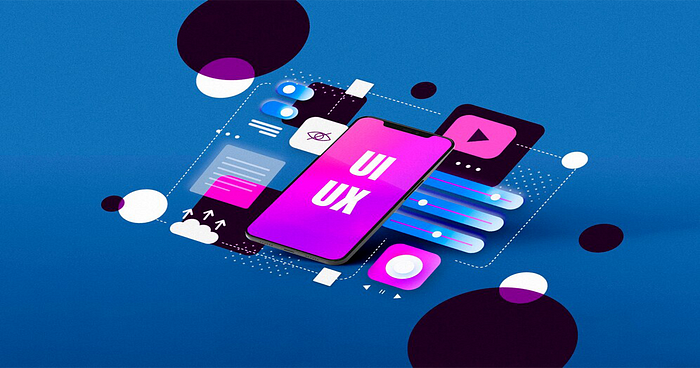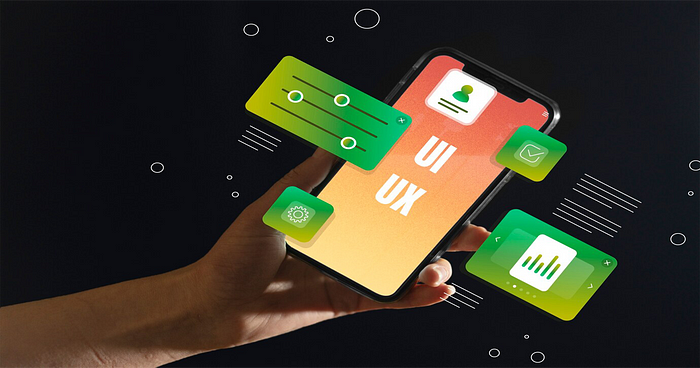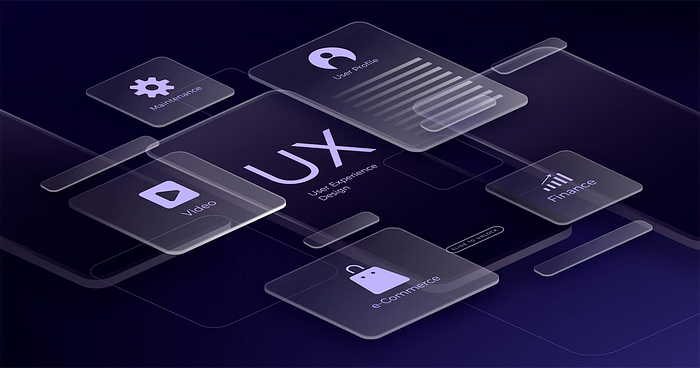UI/UX Development: Crafting Seamless Digital Experiences
Introduction

In today’s digital era, User Interface (UI) and User Experience (UX) development play a crucial role in shaping how people interact with technology. From websites to mobile applications, every digital product needs an intuitive and engaging interface to ensure user satisfaction. UI/UX development is the process of designing products that provide meaningful and relevant experiences to users. This involves both the design of the interface (UI) and the overall experience (UX). In this comprehensive blog post, we will explore the fundamentals of UI/UX development, its importance, best practices, and how businesses can leverage it to enhance user engagement.
Understanding UI and UX

UI (User Interface) and UX (User Experience) are closely related yet distinct disciplines in design and development.
What is UI?
UI (User Interface) refers to the visual elements of a digital product, such as buttons, icons, typography, colors, and layouts. It is the point of interaction between users and the product. The main goal of UI design is to create aesthetically pleasing and functional interfaces that guide users through their journey seamlessly.
What is UX?
UX (User Experience) is the overall experience a user has while interacting with a product. It encompasses usability, accessibility, and efficiency. A well-designed UX ensures that users find a product easy to use, enjoyable, and valuable.
While UI focuses on appearance, UX is concerned with the overall feel of the product. Both are essential in creating successful digital experiences.
The Importance of UI/UX Development

1. Enhances User Satisfaction
A well-designed UI/UX ensures that users can navigate a website or application with ease. Satisfied users are more likely to engage, return, and recommend the product to others.
2. Boosts Conversions and Engagement
A smooth user experience reduces friction in the customer journey, making it easier for users to complete actions such as signing up, making a purchase, or filling out a form.
3. Reduces Development Costs
Investing in UI/UX development early in the process helps identify usability issues before launch, reducing the need for costly redesigns or fixes later.
4. Strengthens Brand Reputation
An intuitive and visually appealing design enhances a brand’s credibility and professionalism. A well-thought-out UI/UX design conveys trust and reliability.
Discover more about this by visiting this to detailed guide
The UI/UX Development Process

Creating an effective UI/UX design involves several crucial steps:
1. Research and Analysis
Understanding user needs is the foundation of good UI/UX design. This phase includes:
- Conducting user research
- Analyzing competitor products
- Defining user personas
- Identifying pain points and requirements
2. Wireframing and Prototyping
Wireframes are skeletal structures that map out the layout and functionality of a product. Prototyping involves creating interactive models to visualize user interactions before development begins.
3. UI Design
This step focuses on designing the visual components, including:
- Color schemes and typography
- Button styles and iconography
- Grid layouts and spacing
- Branding elements
4. UX Testing and Optimization
User testing helps identify usability issues. Methods include:
- A/B testing
- Heatmaps and analytics
- User feedback sessions
5. Development and Implementation
Once the design is finalized, front-end developers convert designs into functional interfaces using technologies like HTML, CSS, and JavaScript.
6. Continuous Improvement
UI/UX design is an ongoing process. Regular updates based on user feedback ensure a product remains relevant and user-friendly.
UI/UX Best Practices

1. Prioritize Simplicity
Avoid clutter and ensure that every element serves a clear purpose. Simple designs improve usability and focus user attention on key actions.
2. Consistency in Design
Maintain a consistent style across all pages and screens to enhance familiarity. Using design systems like Material Design or Bootstrap can help achieve this.
3. Responsive and Mobile-Friendly Design
Ensure that the interface adapts seamlessly to different screen sizes and resolutions. Mobile-first design approaches are essential for modern web and app development.
4. Fast Load Times
Optimizing UI elements, images, and animations improves performance and reduces bounce rates.
5. User-Centered Approach
Design with the user in mind. Conduct usability tests and gather feedback to improve functionality.
The Future of UI/UX Development

With evolving technology, UI/UX development continues to advance. Key trends include:
- Artificial Intelligence (AI) and Personalization: AI-driven UX customizes experiences based on user behavior.
- Voice and Gesture-Based Interfaces: Voice search and touchless interactions are becoming more prominent.
- Augmented Reality (AR) and Virtual Reality (VR): Enhanced user engagement through immersive experiences.
- Dark Mode and Accessibility Features: Improved readability and inclusivity in design.

Comments
Post a Comment